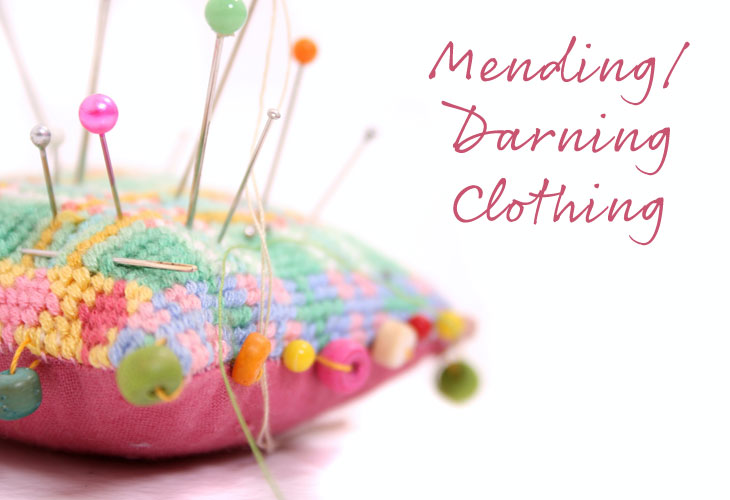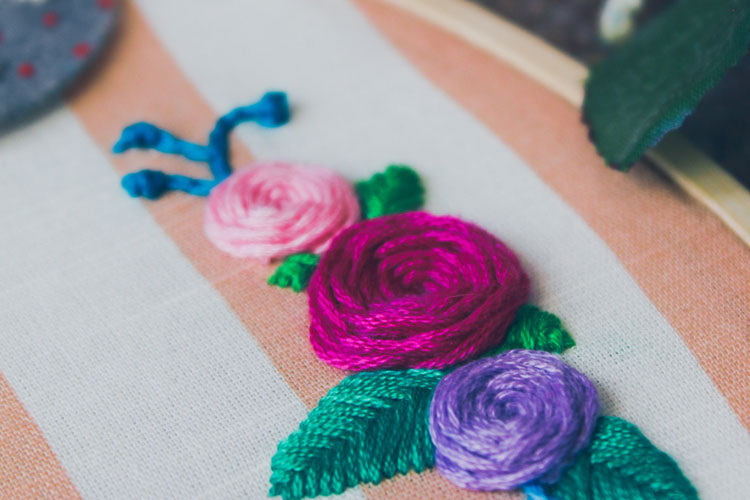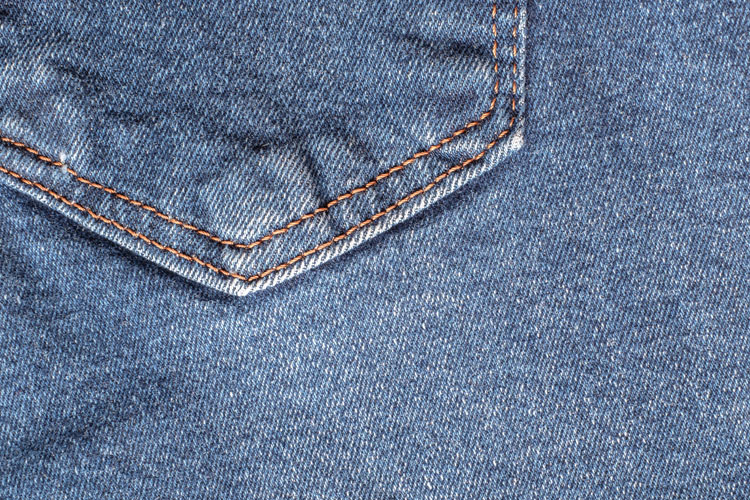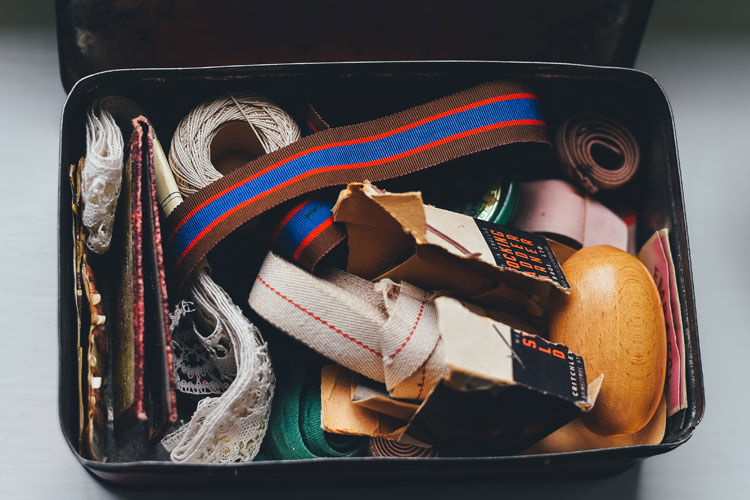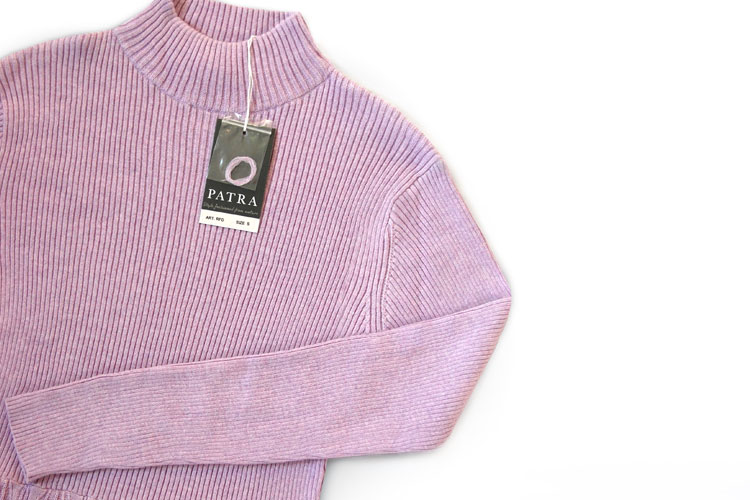Mending, repairing, reusing, and recycling
Mending clothing is the act of repairing imperfections that have developed from being well-worn. These include holes, tears, missing buttons, or permanent stains. Most often, repairing these involve some kind of sewing. Mending is all about embracing the imperfections in your clothing. Making small repairs instead of throwing them away means you can wear them for longer. Repairing clothing can also add character to your clothing pieces. Stitching or repairing your clothing can add a new personal touch.
The importance of mending clothing
The Impact of Fast Fashion
The fashion industry ranks among the most wasteful industries, and fast fashion continues to damage the environment. Consumers throw away more and more clothing each year. In fact, manufacturers and retailers discard one garbage truck’s worth of clothing every second, even though many items remain wearable. Fast fashion brands treat clothing as disposable, produce cheap garments, and encourage consumers to replace items rather than care for them. Over time, this trend has eroded society’s generational skill of mending clothing, as people find it easier and cheaper to buy new pieces than to repair old ones.
Repairing your clothes reduces waste and saves money. Buying new items doesn’t always make sense.
The Benefits of Slow Fashion
Slow fashion focuses on clothing designed to last and be worn repeatedly. If you want to build a sustainable capsule wardrobe, invest in high-quality pieces and practice mending to extend the life of your clothes. Well-cared-for garments can last a lifetime, reducing environmental impact while saving money.
How to Mend Your Clothes
Mending clothing may feel intimidating if you aren’t used to sewing, but you can repair wear and tear with simple techniques, from fixing holes to sewing buttons back on. Learning to repair your garments empowers you and lets you maintain a sustainable wardrobe creatively.
You can choose between two main types of mending:
-
Visible mending: Turn repairs into a design feature, adding character to your clothes.
-
Invisible mending: Restore your garment’s original look without showing repairs.
Visible mending
Visible mending is a technique that aims to make a statement with a repaired or mended area of clothing. The repair is turned into a feature or key detail by using brightly coloured or contrasting threads, embroidery, or patches. The idea of mending clothing in a beautiful way goes back centuries. One of the best things about visible mending is that there are no limits. You can add your own style to it. With smaller holes, you can try embroidering a shape and with bigger holes, you can experiment with stitching patches of fabric onto the item of clothing. Swiss darning in contrasting colours is also a great mending method for repairing knits that add a unique touch to clothing.
Visible mending has recently begun taking off as more and more people are now taking pride in expressing their individuality and creativity through their clothes.
Invisible mending
Invisible mending is a technique where you don’t want the mended area to stand out. This could be by repairing/darning a hole or a tear using colours that match the garment, to keep them looking new and fresh after years of wear.
Here are a few things you will need in order to start repairing your clothing.
Needles: A good selection of different sizes and strengths of needles. The tougher the fabric is, the stronger your needle will need to be. It is also a good idea to get some darning needles.
Threads: You will need a variety of different coloured threads. It is a good idea to start with neutral colours as well as some thicker, bright-coloured embroidery thread.
Pins: This is to hold any patches in place while you sew.
Darning mushroom: This will help you hold clothing items in the right place during the darning process.
Embroidery hoop: Essential for holding the fabric tight to ensure your embroideries turn out neat and to avoid fabric bunching.
Sewing scissors: It is important to have a pair of sharp fabric scissors to cut through fabric and threads neatly.
Thimble: Not essential but it will protect your fingers while you sew.
It’s also a good idea to save leftover garments/fabrics that are beyond repair to use for new projects.
There are many online tutorials available to you for mending specific items.
From Fast Fashion to Slow Fashion: Embrace Timeless Style
Although very few brands have mending services because caring for your clothing doesn’t fit with their desire for constant consumption instead of longevity, at Patra, we pride ourselves on creating styles that last and provide matching threads with all of our knits to advocate ‘mending instead of binning’ so that you can get the longest wear possible out of your garment and even pass it down to loved ones.
Investing in slow fashion prioritises longevity. Buying sustainable and long-lasting clothing with trusted slow fashion brands results in less environmental pollution. It is choosing fashion that respects both the environment and your body. Mending is a beautiful and therapeutic way to extend the life of your clothing. It also makes a powerful statement about your values. If we want to play our part in fighting climate change, both brands and consumers have to consider the lifespan of clothing and avoiding waste. Once you develop a routine for mending your clothing, you may find that you enjoy indulging in your creative side!

